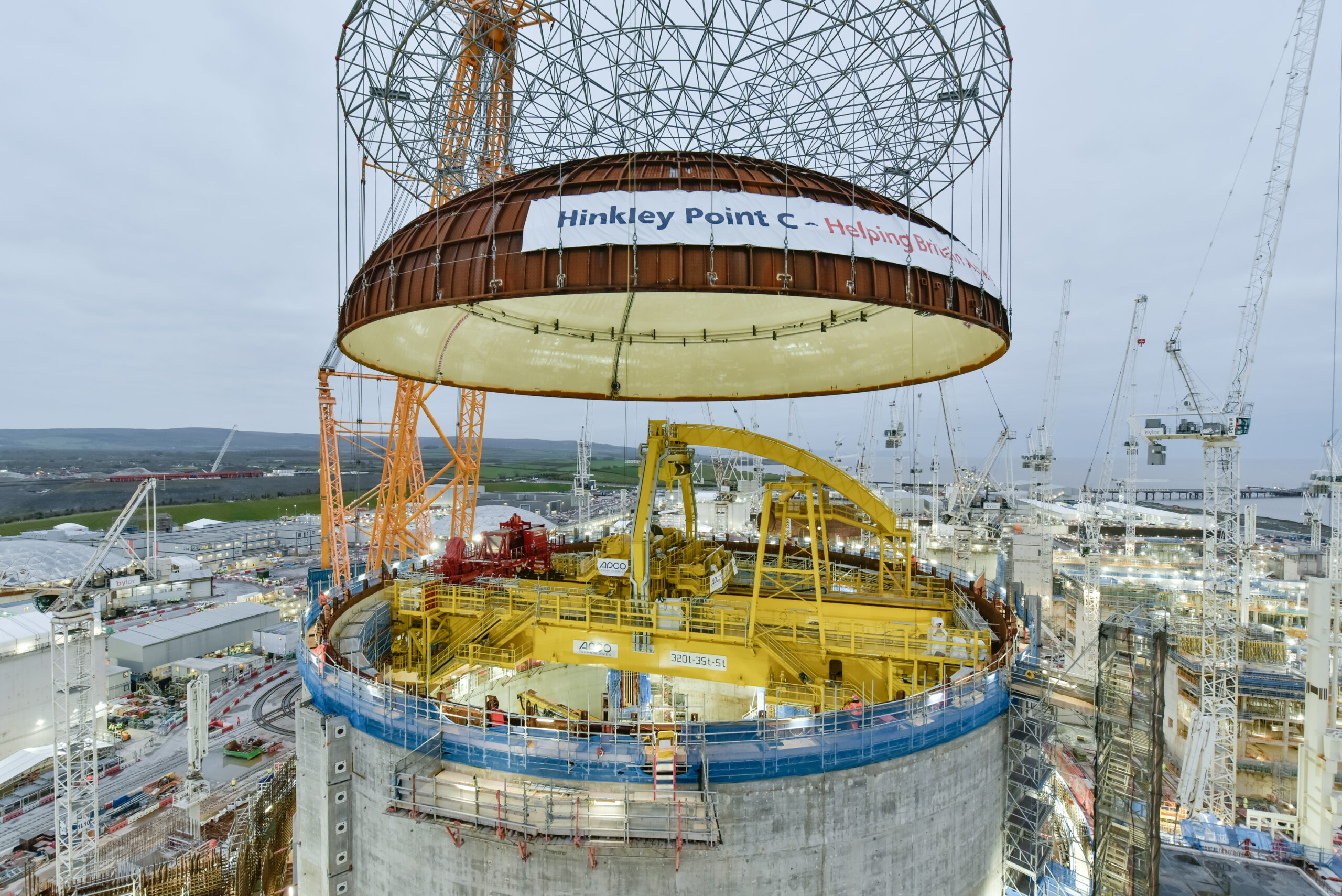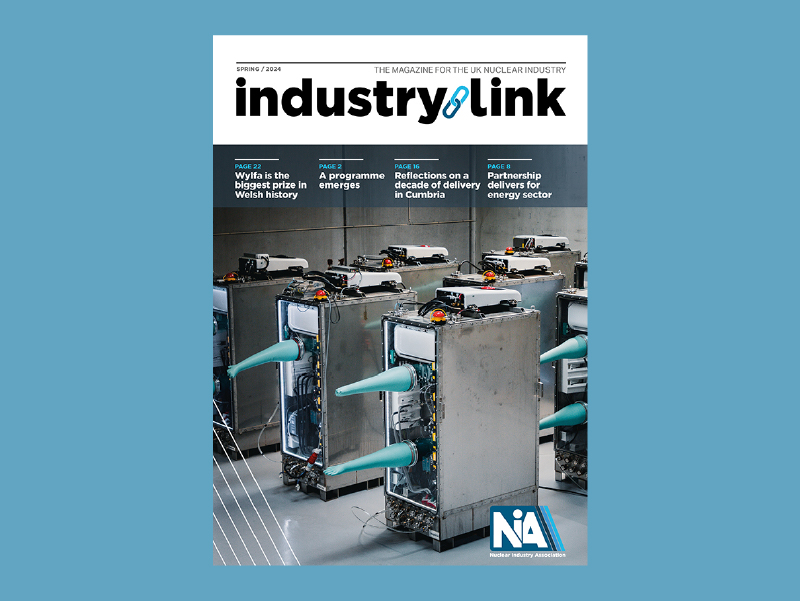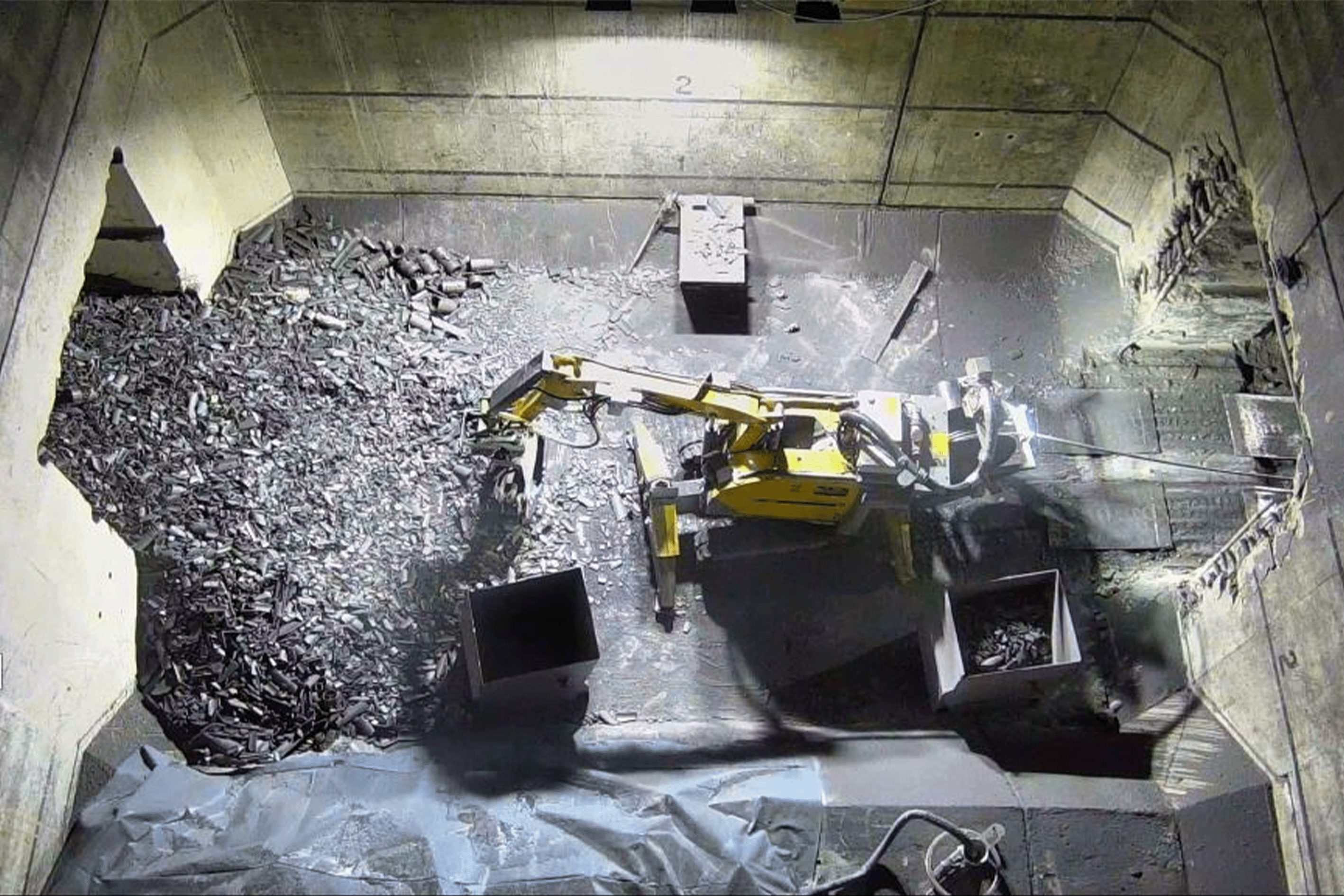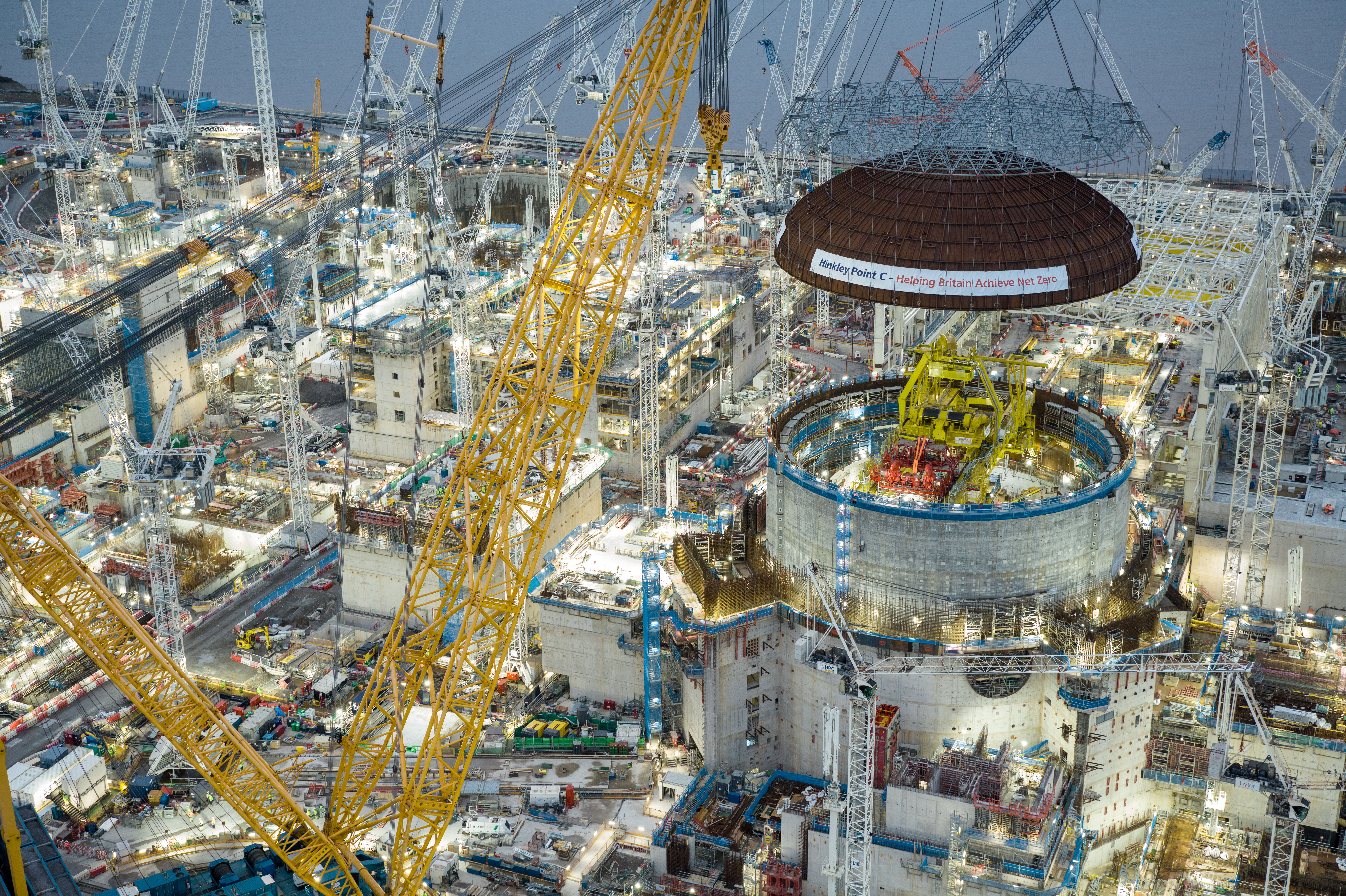New Regulated Asset Base funding model will cut project costs and boost investor confidence
The Regulated Asset Base (RAB) financing bill for nuclear introduced by the Government today will save consumers billions on their bills by cutting the cost of funding projects and help deliver net zero. The Nuclear Industry Association has warmly welcomed the bill, which is essential to mobilise investment in new nuclear capacity.
RAB financing would save consumers around £30 billion on bills over the lifetime of each project, around £10 per year off the typical bill, according to official estimates.
A large-scale nuclear project financed using RAB would add a small levy to bills of no more than a few pounds during the early phase of construction and less than £1 per month over the course of a project.
The income generated would allow project developers to finance the project at cheaper rates, which would substantially cut the ultimate cost to consumers.
A large-scale nuclear project such as Sizewell C would also save CO2 emissions worth £526 million per year at today’s carbon prices, or £18 per year for every UK household.
A project like Sizewell would further displace around 5.4 billion cubic metres of gas use, enough to fill 1.4 million Olympic size swimming pools. This would substantially reduce the UK’s dependence of volatile fossil fuel markets, which have pushed up daily electricity prices to an average of £180/MWh for the last two months.
Additional nuclear capacity will make the UK energy system cheaper and more resilient by providing clean, reliable power to the grid. The cost of balancing the UK grid is currently running at record levels of more than £200 million per month. New nuclear stations, enabled by RAB, would cut the UK’s need for expensive fossil fuels to cover gaps in generation, and provide a backbone of firm, clean power.
Reacting to the bill’s introduction, Tom Greatrex, Chief Executive of the Nuclear Industry Association:
“This bill is exactly what we need to cut financing costs and get on with building stations. Consumers will save money, businesses will get more predictable electricity costs, and the UK will save carbon. This is also a clear signal to investors that the UK believes in nuclear as a green technology which is essential to our energy transition. We hope the legislation will proceed swiftly as investment is urgently needed.”
ENDS
Notes to Editors
- Seven day rolling average of the day ahead-auction prices from Nordpool, available here: https://www.nordpoolgroup.com/Market-data1/GB/Auction-prices/UK/monthly/?view=table
- The UK has seven generating nuclear power stations, of which Hunterston B, Hinkley Point B, Heysham I and Hartlepool nuclear power stations are all scheduled to retire by the end of March 2024, representing more than 4 GW of nominal generating capacity. Hunterston and Hinkley Point B will be in defuelling by mid-2022.
- Of the existing fleet, only the Pressurised Water Reactor at Sizewell B, with 1.2 GW of capacity, is scheduled to be operational after 2030.
- Nuclear has saved the UK 2.3 billion tonnes of CO2 emissions, the equivalent of six years of emissions from 2015 through 2020.
- The UK’s seven operational nuclear power stations have a combined land footprint of less than 1 square mile
About the Nuclear Industry Association
As the trade association for the civil nuclear industry in the UK, the Nuclear Industry Association represents more than 250 companies across the UK’s nuclear supply chain.
For further information, please contact:
Iolo James, Media & Communications Manager
[email protected]
07517108023











